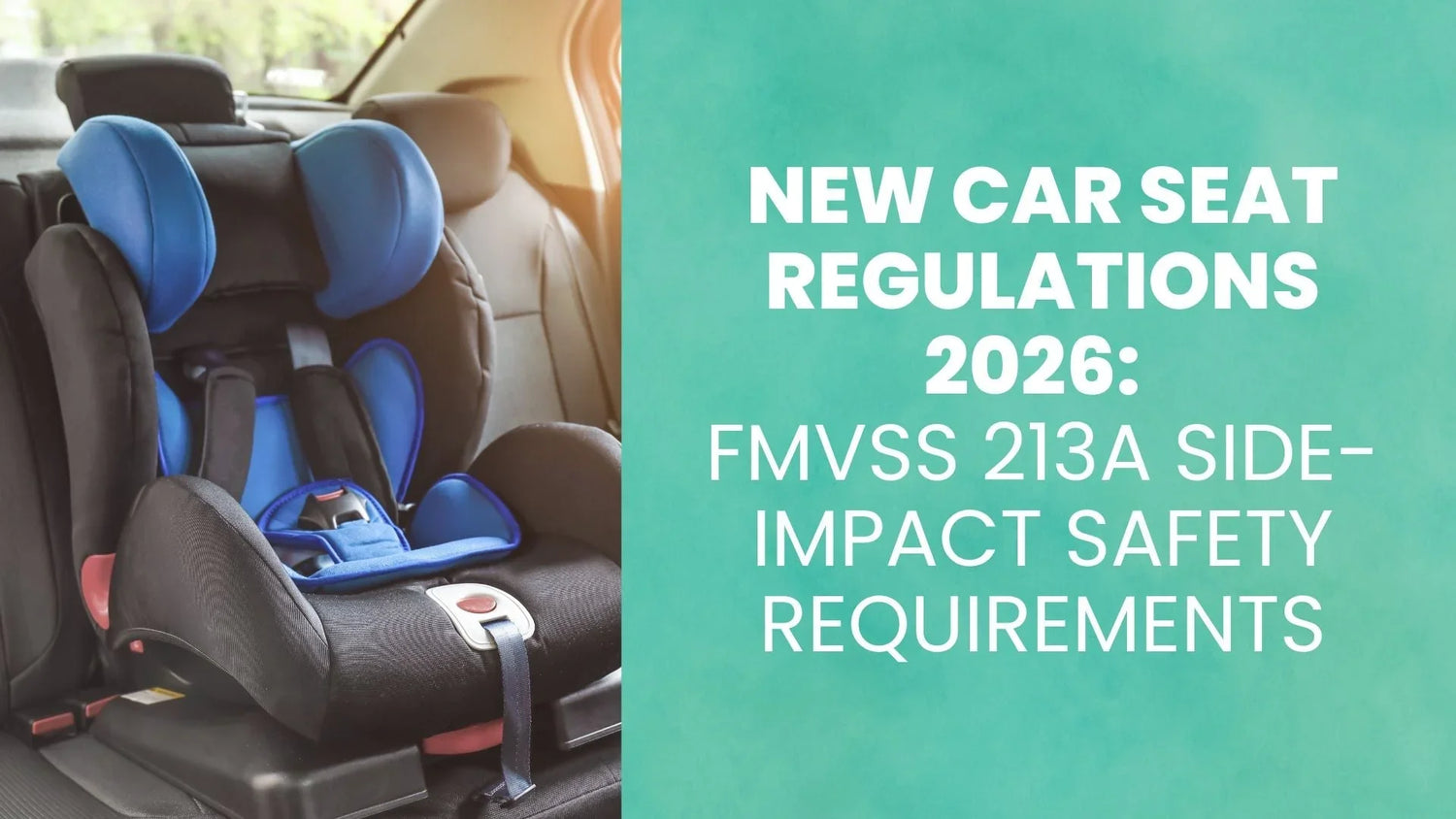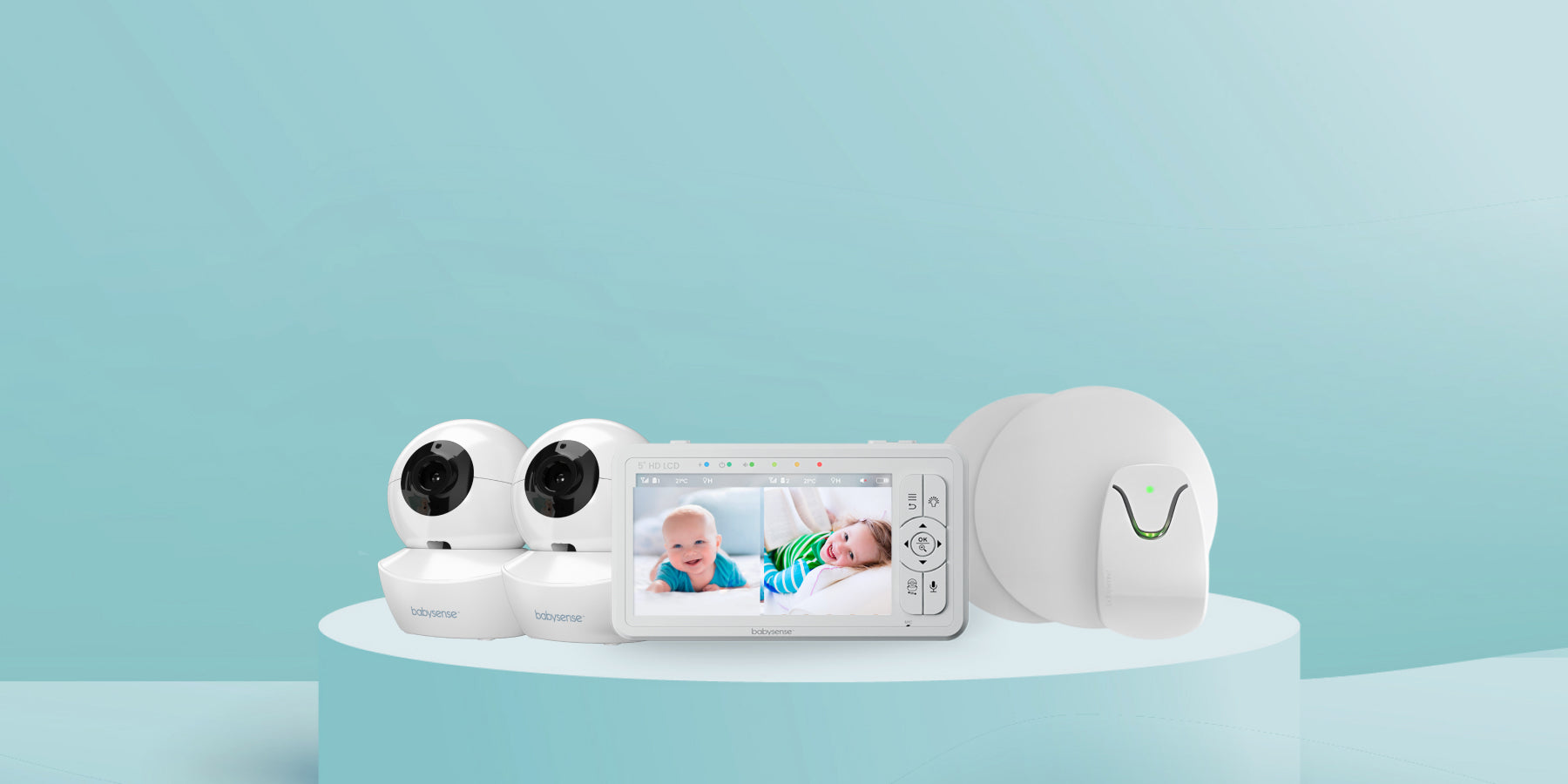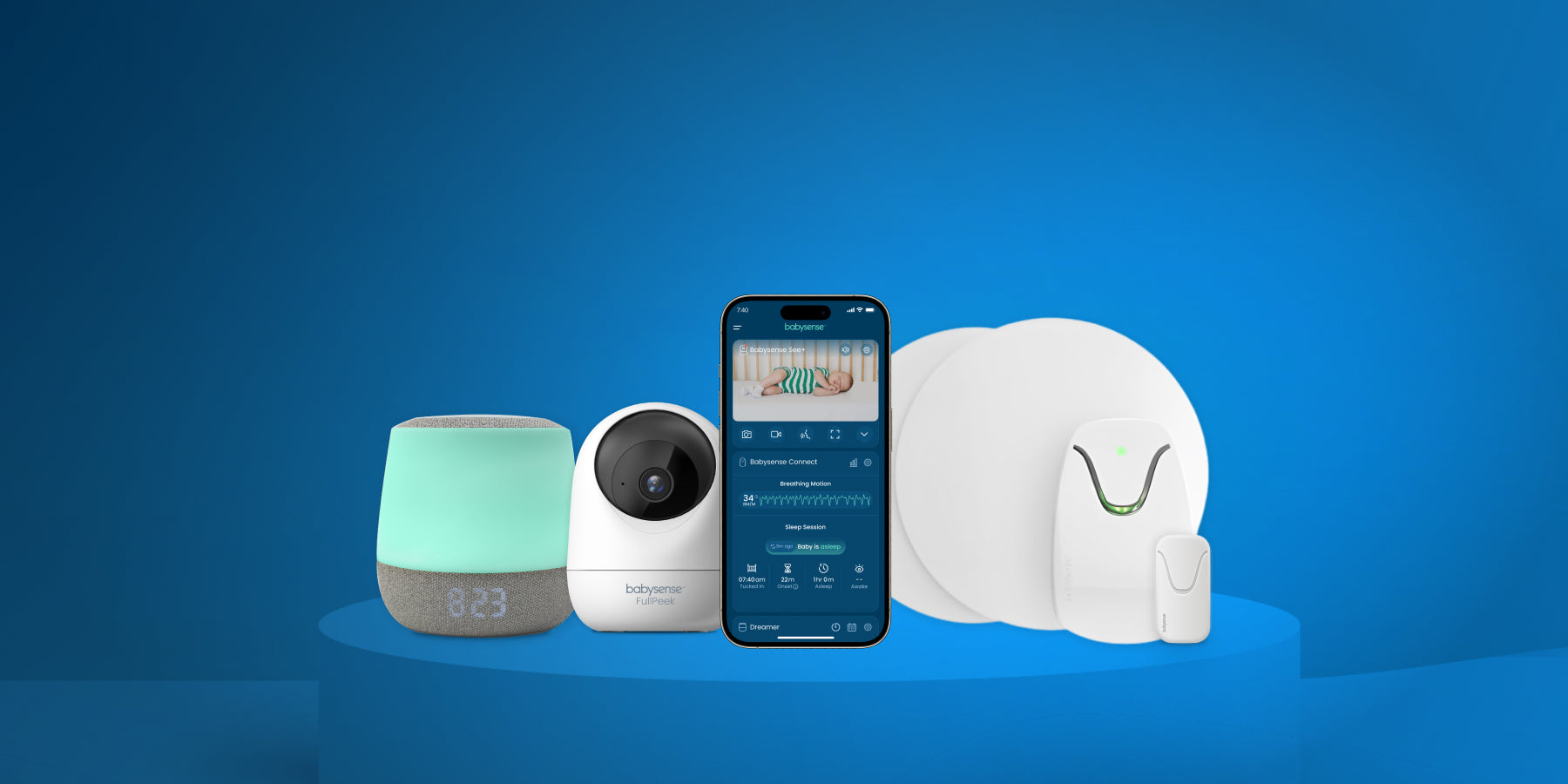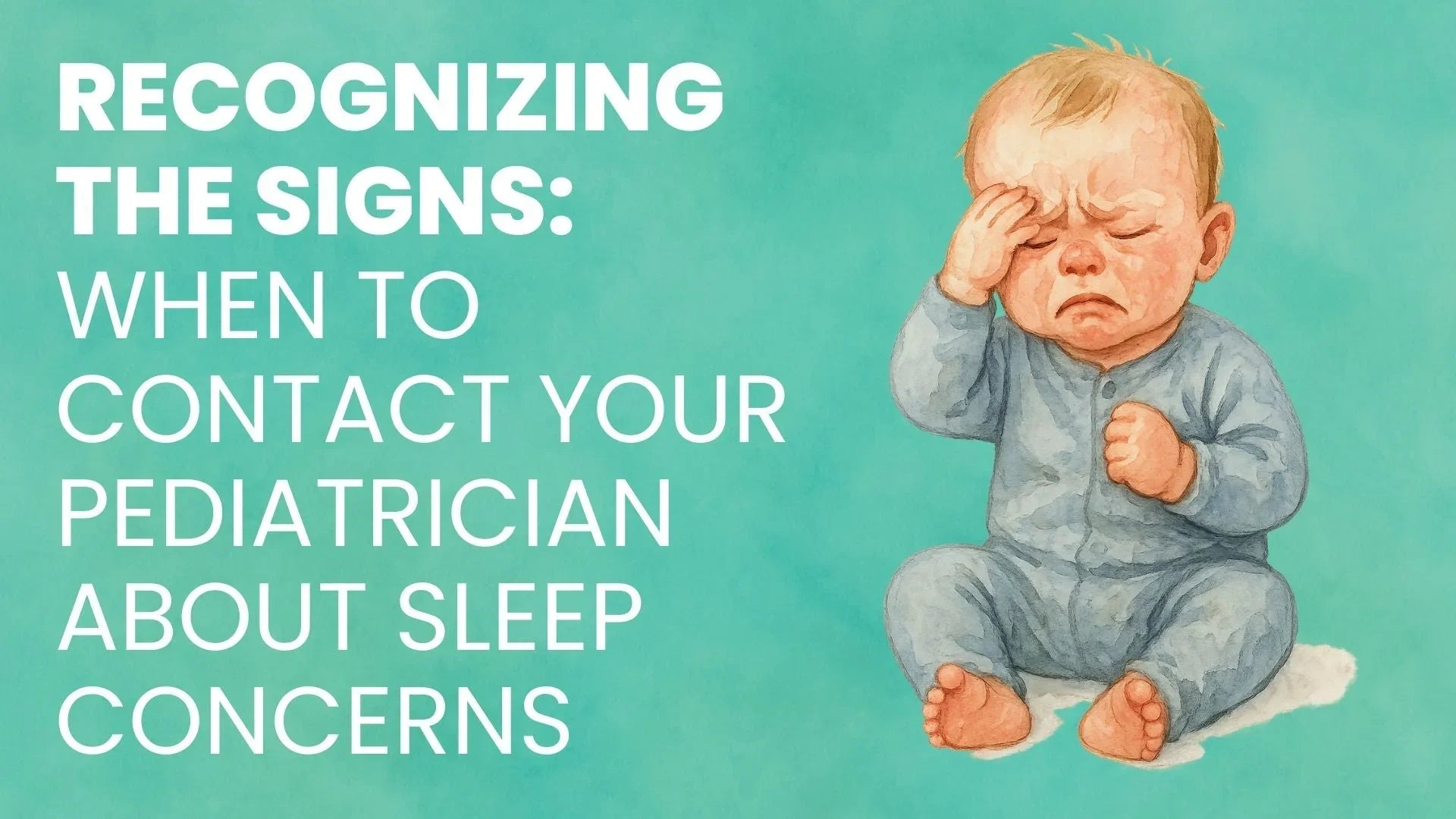Breaking: New federal car seat safety standards take effect December 5, 2026, requiring all car seats to pass side-impact crash tests. Here's what parents need to know about FMVSS 213a regulations.
What Are the New Car Seat Regulations?
Federal Motor Vehicle Safety Standard 213a (FMVSS 213a) introduces mandatory side-impact testing for car seats weighing under 40 pounds. The National Highway Traffic Safety Administration developed this regulation after research showed side-impact crashes cause nearly as many child fatalities as frontal crashes, despite existing car seats only being tested for head-on collisions.
The new standard requires car seats to pass a 30 mph side-impact sled test that simulates T-bone crashes. During testing, seats must restrain children properly, prevent head contact with vehicle structures, and reduce chest impact forces.
Parents can use NHTSA's Find the Right Seat tool to identify appropriate car seats for their child's age and size, and access the Car Seat Inspection Station Locator to find certified installation help nearby.
Key Dates and Compliance Timeline
- Original deadline: June 30, 2025
- Extended deadline: December 5, 2026
- Current status: Many major manufacturers already meet the requirements
- Reason for extension: Smaller manufacturers needed more time to access specialized testing facilities
Do You Need to Replace Your Current Car Seat?
No immediate replacement is necessary if your current car seat hasn't expired, isn't recalled, and is properly installed. The NHTSA confirms existing car seats remain highly effective for crash protection.
However, parents shopping for new car seats can access enhanced protection now since many manufacturers already produce seats meeting FMVSS 213a standards before the mandatory deadline. You can check for car seat recalls using NHTSA's recall search tool or download the free SaferCar app to receive automatic recall notifications.
Which Car Seats Are Affected?
The regulation applies to car seats designed for children under 40 pounds, including infant carriers, convertible seats in rear-facing and forward-facing positions, and combination seats used with harnesses. Booster seats are not currently affected by this regulation.
How to Identify FMVSS 213a Compliant Car Seats
Car seat packaging may not explicitly mention FMVSS 213a compliance during the transition period. Parents should contact manufacturers directly to confirm whether specific models meet the new standard. After December 5, 2026, all car seats sold in the United States must comply with the regulation.
Why Side-Impact Protection Matters
Side-impact collisions present unique dangers because there's less vehicle structure between children and the striking object compared to frontal crashes. The space between a child and the vehicle's door is minimal, making effective restraint systems critical for preventing serious injury or death.
Research data driving this regulation showed that while frontal crashes remain most common, side impacts cause proportionally severe injuries to children under 12 years old, creating a significant safety gap in existing protection standards.
What Parents Should Do Now
Check your current car seat's expiration date and recall status through the manufacturer's website. Register your car seat to receive safety notifications and consider professional installation verification through NHTSA's certified technician network.
When shopping for new car seats, ask retailers and manufacturers about FMVSS 213a compliance to access enhanced side-impact protection immediately rather than waiting until 2026.
The Testing Process Behind FMVSS 213a
Engineers developed specialized crash test dummies representing 3-year-old children specifically for side-impact scenarios. The NHTSA conducted four definitive crash tests (numbers 6634-6637) to establish the regulatory requirements, measuring forces and movements that differ significantly from frontal crash testing.
This technical development explains why the regulation took years to implement and why some manufacturers needed additional time to comply with the new testing requirements.
Future Car Seat Safety Developments
While no additional booster seat or restraint system updates are currently planned, the NHTSA continues researching child passenger safety improvements. The data-driven approach behind FMVSS 213a suggests future regulations will similarly be based on real-world crash analysis and evolving injury prevention understanding.
Bottom Line for Parents
The new car seat regulations represent the most significant child passenger safety advancement in decades. Parents don't need to replace functioning, unexpired car seats but can access enhanced protection immediately by choosing FMVSS 213a compliant seats when making new purchases. This regulation closes a critical safety gap in side-impact protection that will save children's lives starting December 5, 2026.
For additional guidance on car seat selection and safety, consult the American Academy of Pediatrics recommendations and the CDC's child passenger safety guidelines. The complete regulatory text is available in the Federal Register.





